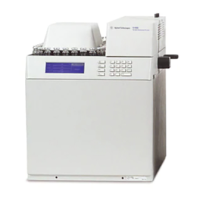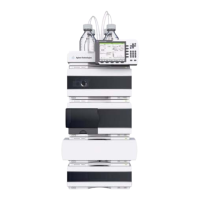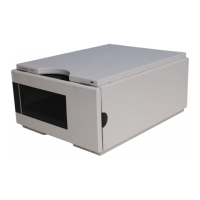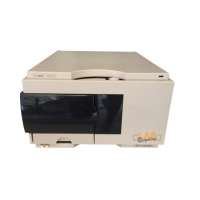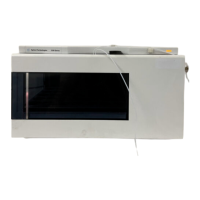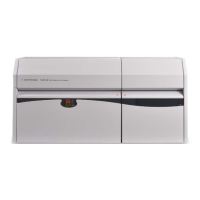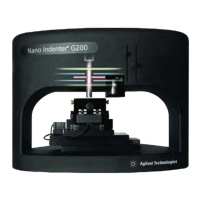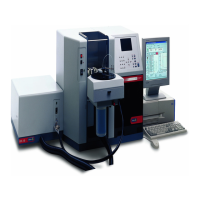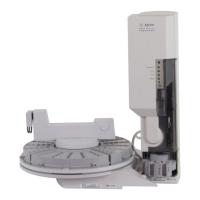70
Order online at www
.agilent.com/chem/store
Cool On-Column Inlet Practices and Rationales
Parameter Selection/Setting Rationale
Initial inlet temperature Equal to or 3°C above column
oven temperture
Ensures sample focusing in
solvent front
Initial inlet temperature ramp Same as oven (oven track)
Faster than oven
Simple and effective
Narrows initial peak width
Injection volume 0.1 - 2.0 µL liquid Use smaller injections for small
ID columns
Depends on column capacity
Injection technique Automatically slower injection
Fused silica needle
Projects droplets away from
syringe tip
Use for manual injection into
small ID columns
Oven temperature Inlet temperature or slightly
lower
Prevents backflash
Column flow 50 - 80 cm/sec
30 - 50 cm/sec
Use for H
2
carrier gas
Use for He carrier gas
Septum purge 12 - 15 mL/min Use if installed to prevent
ghosting
Quantification All methods Inherently reproducible technique
Lack of discrimination
Retention gap requirements 1 - 3 m, deactivated
530 µm
Corrects peak distortion
Protects column from non-
volatile components
Permits autoinjection with
narrow-bore columns
There are some limitations to
cool on-column inlets, including
the following:
• Maximum sample volumes
are smaller compared with other
inlets (0.5 µL to 2.0 µL).
• Solute peaks eluting just before
the solvent cannot be focused
and are difficult to determine.
• Capilliary columns (especially those
with a large phase ratio or small
inner diameter) can be easily
overloaded with sample.
• Parameters such as initial column
temperature, solvent nature,
and injection rate must often
be optimized.
Tips & T
ools
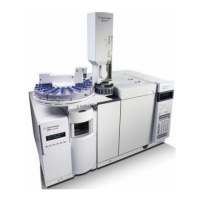
